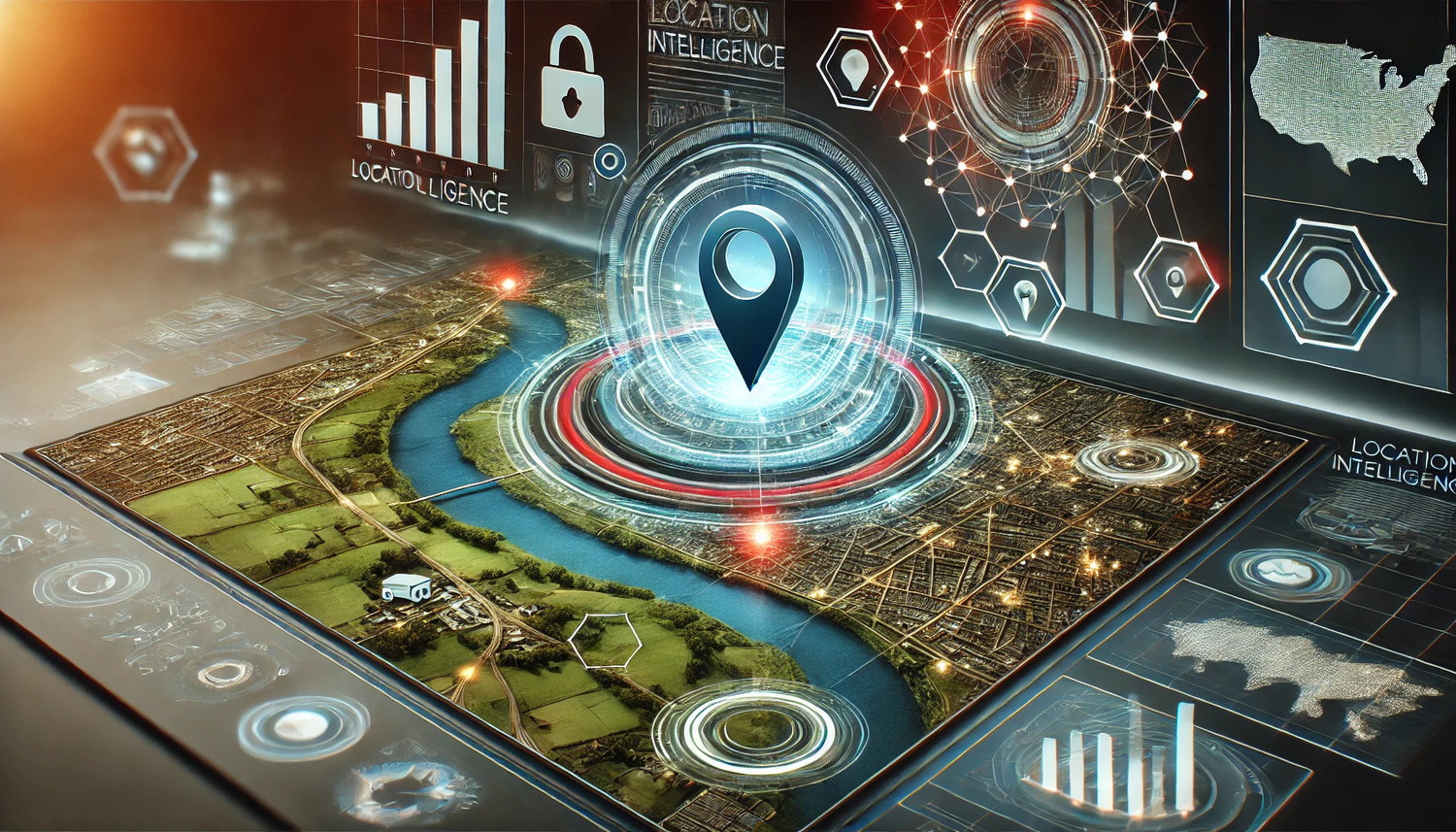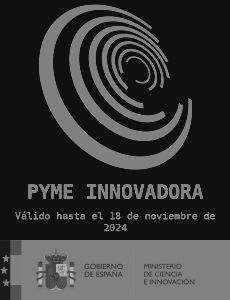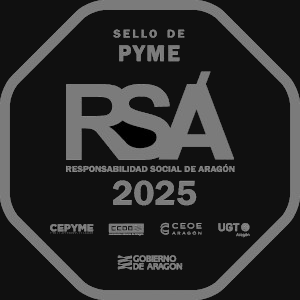
AI FOR RENEWABLE HYDROGEN PROJECTS
An advanced technological solution based on Location Intelligence (geo-referenced data and Natural Language Processing models)
Within the framework of the H2IBER project, led by the Foundation for the development of new hydrogen technologies in Aragon, we have developed an artificial intelligence model that uses advanced natural language processing (NLP) techniques and georeferenced data visualisation to facilitate data-driven decision making, combining the capabilities of two powerful fields such as Artificial Intelligence (AI) and Geographic Information Systems (GIS). This is what is known as Location Intelligence.
Initial challenge
The main objective was to design an application capable of integrating artificial intelligence to manage the water resources available in regions destined for renewable hydrogen projects. This posed a significant challenge due to the scarcity of historical data related to this emerging field, which made it difficult to build reliable predictive models.
An adaptive approach
Faced with this limitation, we chose to redirect our efforts towards the design of a Natural Language Processing (NLP) model. This type of model facilitates the interpretation of data and improves the user experience through a conversational interface in the form of a chatbot.
Main milestones
- Initial research: We reviewed the state of the art in artificial intelligence, focusing on tools such as deep learning, natural language processing and predictive analytics systems.
- Definition of functionalities: We designed a prototype that includes a map viewer, an advanced search engine and an integrated chatbot.
- Challenges with data: We identified relevant internal and external sources to feed the system, highlighting organisations such as the Ebro Hydrographic Confederation and the State Meteorological Agency.
- System architecture: We built a platform based on an opensource data catalogue, an advanced search engine, a GIS map viewer and an AI Chatbot.
Main functionalities
- Integrated NLP-based Chatbot: This component, developed on the Google Dialogflow platform, is a core functionality of the model that allows users to interact in natural language to:
- Perform simple and advanced searches in the system.
- Explore geo-referenced resources and specific topics.
- Obtain guidance and support on the use of the system, reducing the learning curve.
- Correct typos and disambiguate queries to improve the user experience.
- Intelligent search:
- Free search: Locate resources on names and descriptions.
- Thematic search: Filter information by topics such as H2, meteorology, irrigation, among others.
- Geographic search: Allows you to focus resources on specific areas, such as counties or municipalities.
- Advanced search: Combines criteria to perform complex explorations.
- Map visualisation:
- The resources are displayed georeferenced in a map viewer.
- Combination of heterogeneous layers to create maps of interest, such as water availability, irrigation consumption or drought analysis.
- Data cataloguing and management:
- Integrates internal and external project information for a total of hundreds of layers and resources.
- Categorisation of resources according to type (articles, projects, environmental data) and subject matter.
- Availability in the cloud: The system is deployed in a cloud infrastructure accessible from a public URL, facilitating its use for both consultation and data management.
Alternative use cases
This model can be adapted to various contexts or thematic domains, such as:
- Natural resource management: Applicable to monitoring and analysis of resources such as solar, wind or forestry energy.
- Urban planning and development: Assessment of environmental impact and resource availability in urbanisation projects.
- Climate risk analysis: Creation of vulnerability maps for droughts, floods or other extreme events.
- Smart agriculture: Monitoring water consumption and crop status, optimising irrigation and reducing waste.
The pilot developed in the H2IBER project not only allows optimising the evaluation of water resources, but also lays the foundations to advance in the design of scalable and replicable solutions in other industries and application environments.
Expected impact
This model not only facilitates the discovery of relevant information, but also improves environmental sustainability and optimises decision-making in renewable hydrogen projects.



